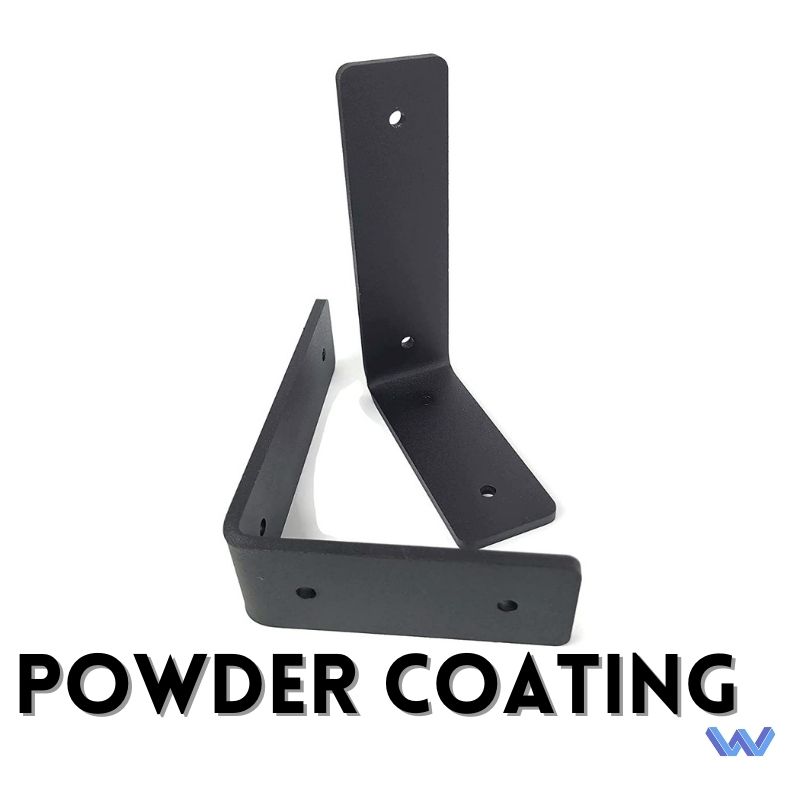Powder coating is a type of surface finishing that is often used in parts machining services to create a durable, high-quality finish on metal parts. This process involves applying a dry powder to the surface of the part and then heating it to create a smooth, even coating.
The powder coating process typically involves four stages: preparation, application, curing, and inspection. During the preparation stage, the surface is cleaned and prepared to ensure that it is free of dirt, oil, and other contaminants that could interfere with the bonding of the powder.
Next, the powder is applied using an electrostatic gun, which charges the powder particles and causes them to adhere to the surface. The thickness of the coating can be controlled by adjusting the amount of powder applied.
Once the powder has been applied, the surface is heated to a high temperature, typically between 350 and 400 degrees Fahrenheit, to melt the powder and create a smooth, even coating. This process, known as curing, also allows the powder to chemically bond with the surface, creating a strong, durable finish.


